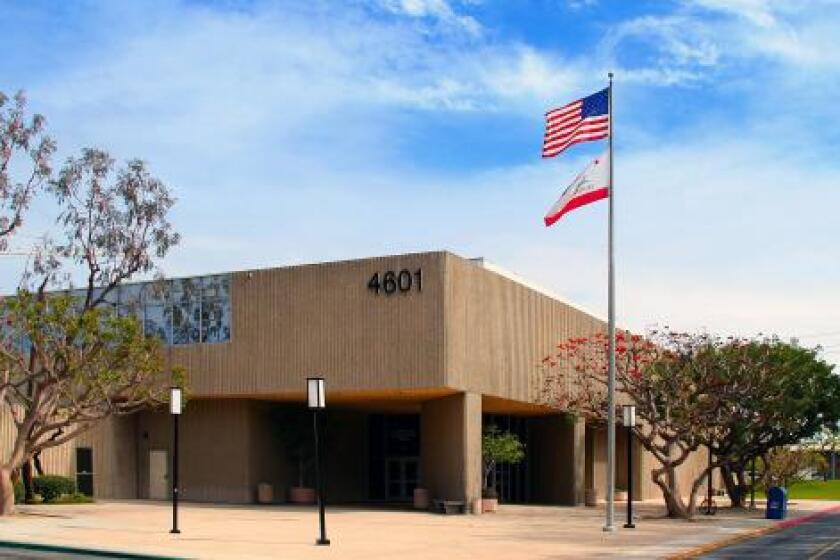Business leaders see red over Greenlight
- Share via
Noaki Schwartz
NEWPORT BEACH -- If it passes at the ballot box this November,
Greenlight’s slow-growth proposal -- in its attempt to curb development
-- could strangle the health of the business community, local leaders
say.
“Under this initiative, you couldn’t put in a Starbucks coffee or one
residential unit in [without a vote],” said Newport Beach architect and
business leader Rush Hill.
The Protect from Traffic and Density initiative proposes to allow
residents to vote on “major” amendments to the city’s general plan.
“Major” means it generates more than 100 car trips, 100 homes and 40,000
square feet over what the city’s general plan allows. The thresholds
apply to each of the 49 district neighborhoods in the city, not the city
as a whole.
Taking into account the 10-year retroactive nature of the measure,
supporter Allan Beek said there are seven areas in the city that are
maxed out in either one, two or all three of the Greenlight thresholds.
As a result, measure supporters acknowledge residents will have to go to
the ballot box more often for proposed developments than originally
anticipated.
Officials argue that the expense of working around an election campaign
could discourage potential moneymakers for the city. And, according to
Newport’s recent five-year financial forecast, the city needs to find
additional sources of money to maintain its services.
“There is a great deal of cost associated with engineering and developing
plans. After facing the entitlement process, no developer is going to put
up that amount of money to face an electorate,” Leuhrs said.
Arst, however, argues that the additional expense will be dwarfed when
compared to the tempting gains that will keep developers courting
Newport.
“Let the people vote when the time comes,” he said.
While city services are a consideration, most residents appear more
concerned with solving the traffic problem as promised by the initiative.
However, city officials say the measure will not alleviate the growing
congestion.
While the measure will slow or in some cases stop growth, business
leaders say these projects will simply move to surrounding cities,
leaving Newport to deal with commuter traffic.
“One example is the airport area. If they don’t get approved in Newport,
they can literally go across the street to Irvine,” said Ed Selich of the
Planning Commission. “Irvine gets all the revenue and we still get all
the traffic.”
But Arst is emphatic that the measure will accomplish its goal of slowing
congestion by curbing development.
Even with proposals that do jump through all the hoops, they may face a
disengaged electorate. Community members won’t take the time to pour
through planning documents in order to make an informed decision, Selich
said.
“On the Dunes project, I’ve spent in excess of 40 hours reading and
researching environmental documents and another 40 hours just in meetings
and discussions on it,” Selich said. “I haven’t even gotten to the public
hearing yet.”
Arst, however, counters that residents won’t have to read the reports.
“We’ll have experts read them and give highlights,” Arst said.
Combining development with politics could cause overwhelmed residents to
look for a summarized opinion, said Selich, adding that having city
planning intersect with political posturing is a dangerous combination.
All the latest on Orange County from Orange County.
Get our free TimesOC newsletter.
You may occasionally receive promotional content from the Daily Pilot.



